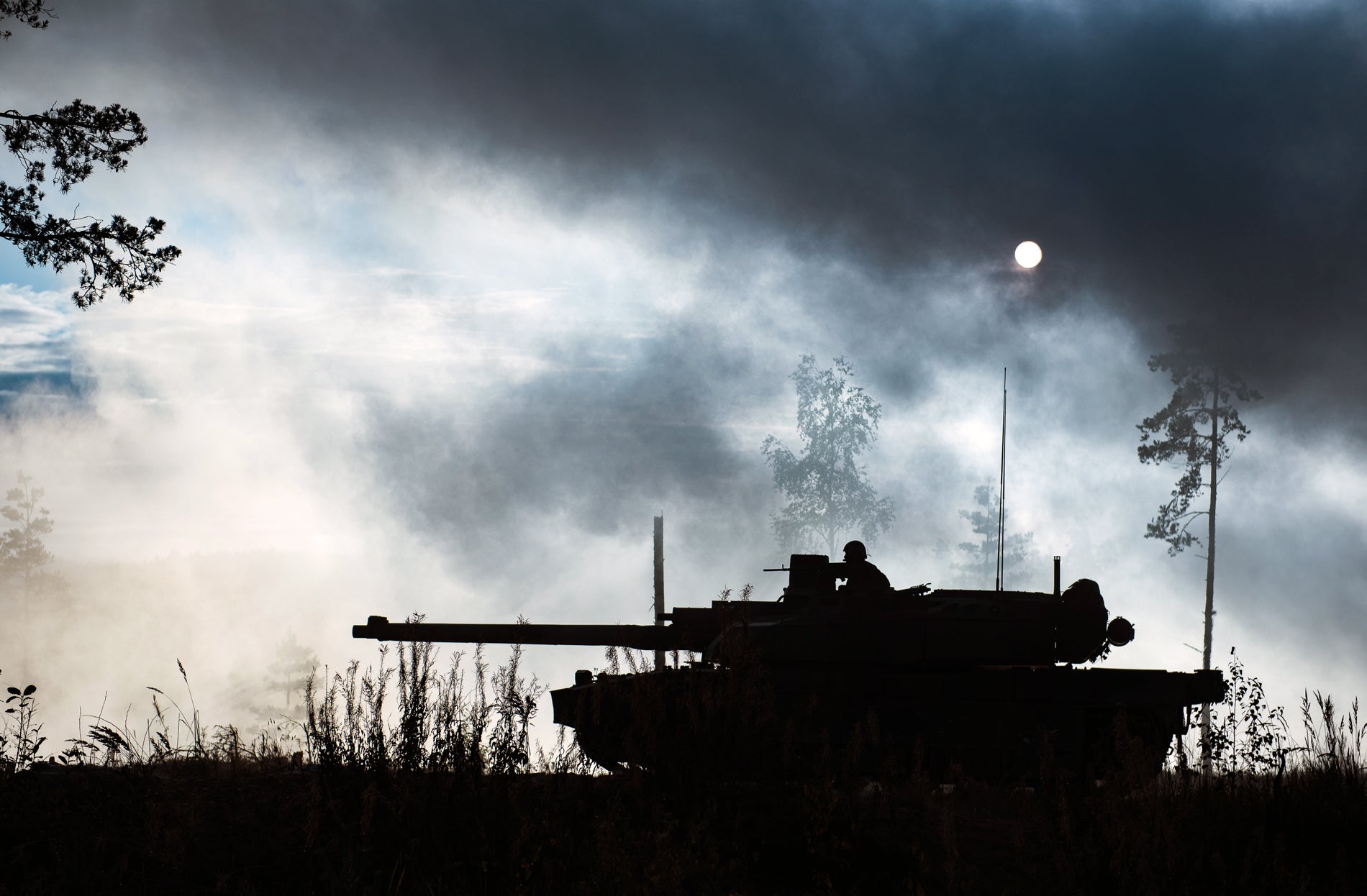
US Army Colonel Steve Banks is head of the modelling, simulations and learning technology branch at NATO Allied Command Transformation (ACT) in Norfolk, Virginia. Army Technology interview Banks at ITEC 2024 conference in London on 9 April 2024.
Banks was at ITEC 2024 to provide information on a new capability development programme, Audacious Wargaming. The programme aims to take wargaming from an ‘ad hoc’ process defined by each user, and codify this practical method of analysis under a Nato defined handbook – potentially with a dedicated staff at select locations – to allow wargaming to be standardised and practiced consistently across the Nato Alliance.
“Wargaming is interesting, because it’s a word that’s often used but rarely defined. We we primarily use wargaming in an educational environment, or in an analytic environment,” says Banks, before making the distinction between the application of wargaming for education as it is done in in staff colleges, and the practice of wargaming at Nato for analytical purposes.
“Part of ACT’s mission is to develop concepts for the Alliance. And with those concepts, the developers want to have a way to run them through their paces. This wargaming is a way to compare an old way of doing something against an enemy, versus how a concept would be successful against that same enemy.”
“Which from a very quantitative perspective, lends itself to M&S [Modelling and Simulation]. If you want to do almost a design of experiments approach to it – ‘We did it this way and this was the result, we changed these parameters or we changed this conceptual method about how we would go after a problem set,’ – it seems it would be nice to have the quantitative data to say these were the results of the first time. These are the results the second time”
Banks’ team at ACT is also behind a capability development programme for Next Generation M&S, an effort for providing the Nato Alliance with its own bespoke simulation capability.
“Modelling and simulation is a tool,’ says Banks, one that “could be used for Wargaming, could be used for an experiment, could be used for exercises. It would be nice, in some ways, if the same tool is available, for coherency, across all three of those different applications.”
Challenge inspires wargaming development
Under current circumstances, Banks describes, Nato commanders are unable to perform rehearsals or exercises on a timeline they decide for themselves, as the necessary elements to conduct these processes are held by the nations, and the nations prioritise their own Course of Action (CoA) analyses over those of the Alliance.
“We were kind of beholden to when things are available, or updates were made, by the nations,” says Banks. “Especially as the Russia incursion into Ukraine occurred, there were commanders that wanted to analyse different courses of action and were unable to, based on that availability.”
Banks continued: “That was found to be wanting by senior members of the alliance. And so now we’re working to develop an owned bespoke M&S capability.”
After 20 years of operating in theatres such as Afghanistan and Iraq, mainly focused on counterterrorism and counterinsurgency, Banks feels that Nato training systems were caught off guard by a the prospect of a force-on-force fight with a near-peer competitor, such as Russia.
Those two decades of activity also saw considerable advances in cyber and space capabilities, and Banks identifies a desire within Nato to see these two domains modelled in a joint simulation with the land, sea and air.
“To enable commanders – whether it’s for an exercise, or for an analytic activity, perhaps they want to review their course of action – to get one data point, not the sole data point, but one data point, maybe from a model simulation solution, that would allow them to enrich their planning.”
Thus far, ACT have done one proof of concept, developing a prototype with a private company to show a M&S capability that would enable a war-game. Another proof of concept will be released soon, says Banks, to demonstrate that advanced concepts can be delivered through current industry partners.
The next step is to enter into a capability programme plan to look at a the projected life cycle of the development of the capability, which is projected to last six or seven years, according to Banks.



